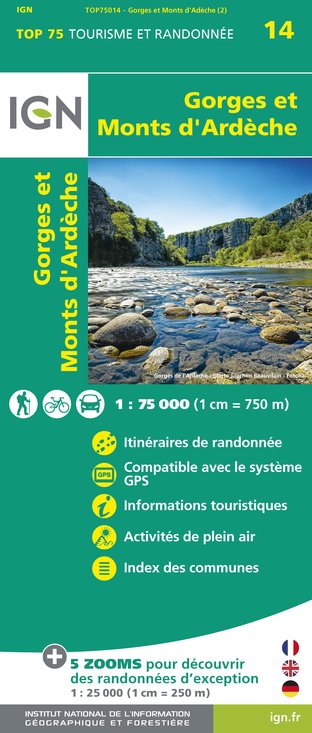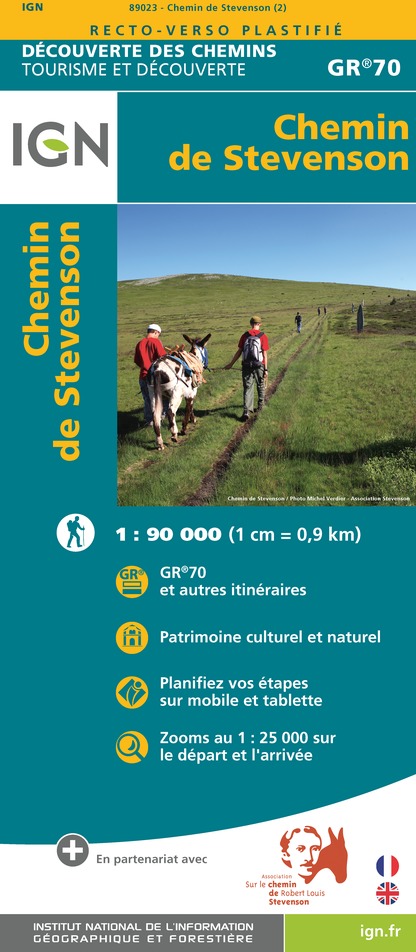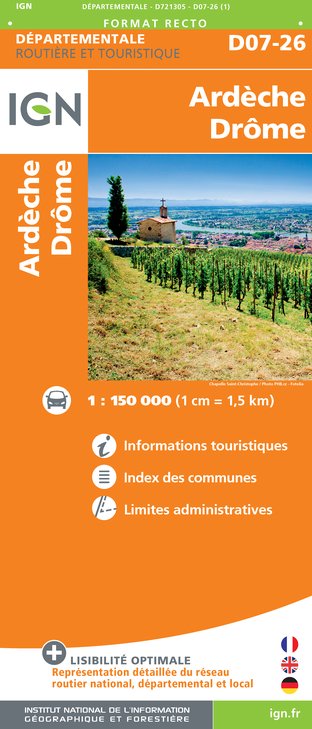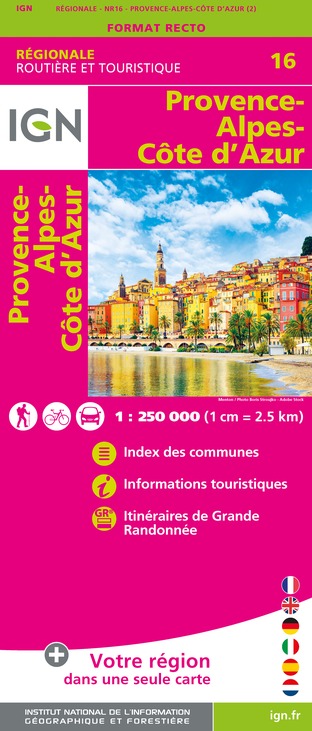Tours
Activities
Places of interest
Where to eat
Where to sleep
Explore Dompnac, the gem of Ardèche, Rhône-Alpes
Are you in charge of the destination?Nestled in the heart of Ardèche, Rhône-Alpes, Dompnac is a charming village offering unparalleled opportunities for discovery and relaxation. Wander through its quaint streets and venture into a region peppered with natural treasures. Hiking enthusiasts will find plenty to delight in, with trails winding through the surrounding mountains and lush forests. The renowned GR7 offers breathtaking views...See more
Walking around Dompnac
See more suggestionsExplore the parks and paths of Dompnac.
See more suggestionsWhat to do in Dompnac
See more suggestionsThe best experiences in Dompnac are just a click away, book now.
See more suggestionsIGN cards

2838OT - LARGENTIÈRE LA BASTIDE-PUYLAURENT VIVARAIS CÉVENOL
Editor : IGN
Collection : TOP 25 ET SÉRIE BLEUE
Scale : 1:25 000
13.90€

TOP75014 - GORGES ET MONTS D'ARDÈCHE
Editor : IGN
Collection : TOP 75
Scale : 1:75 000
9.80€

TOP100D07 - ARDÈCHE PRIVAS AUBENAS VALLON-PONT-D'ARC PNR DES MONTS D'ARDÈCHE
Editor : IGN
Collection : TOP 100
Scale : 1:100 000
8.40€

TOP100D48 - LOZÈRE MENDE FLORAC-TROIS-RIVIÈRES PARC NATIONAL DES CÉVENNES GORGES DU TARN ET DE LA JONTE
Editor : IGN
Collection : TOP 100
Scale : 1:100 000
8.40€

89023 - CHEMIN DE STEVENSON - GR70®
Editor : IGN
Collection : DECOUVERTE DES CHEMINS
Scale : 1:90 000
9.10€

D07-26 ARDÈCHE DRÔME
Editor : IGN
Collection : CARTES DÉPARTEMENTALES IGN
Scale : 1:150 000
5.90€

NR16 PROVENCE-ALPES-CÔTE D'AZUR
Editor : IGN
Collection : CARTES RÉGIONALES IGN
Scale : 1:250 000
6.80€

EUROPE
Editor : IGN
Collection : DÉCOUVERTE DES PAYS DU MONDE IGN
Scale : 1:2 500 000
7.00€
Where to eat in Dompnac
See more suggestionsEstablishments in Dompnac offer dishes for all tastes.
See more suggestions

















































